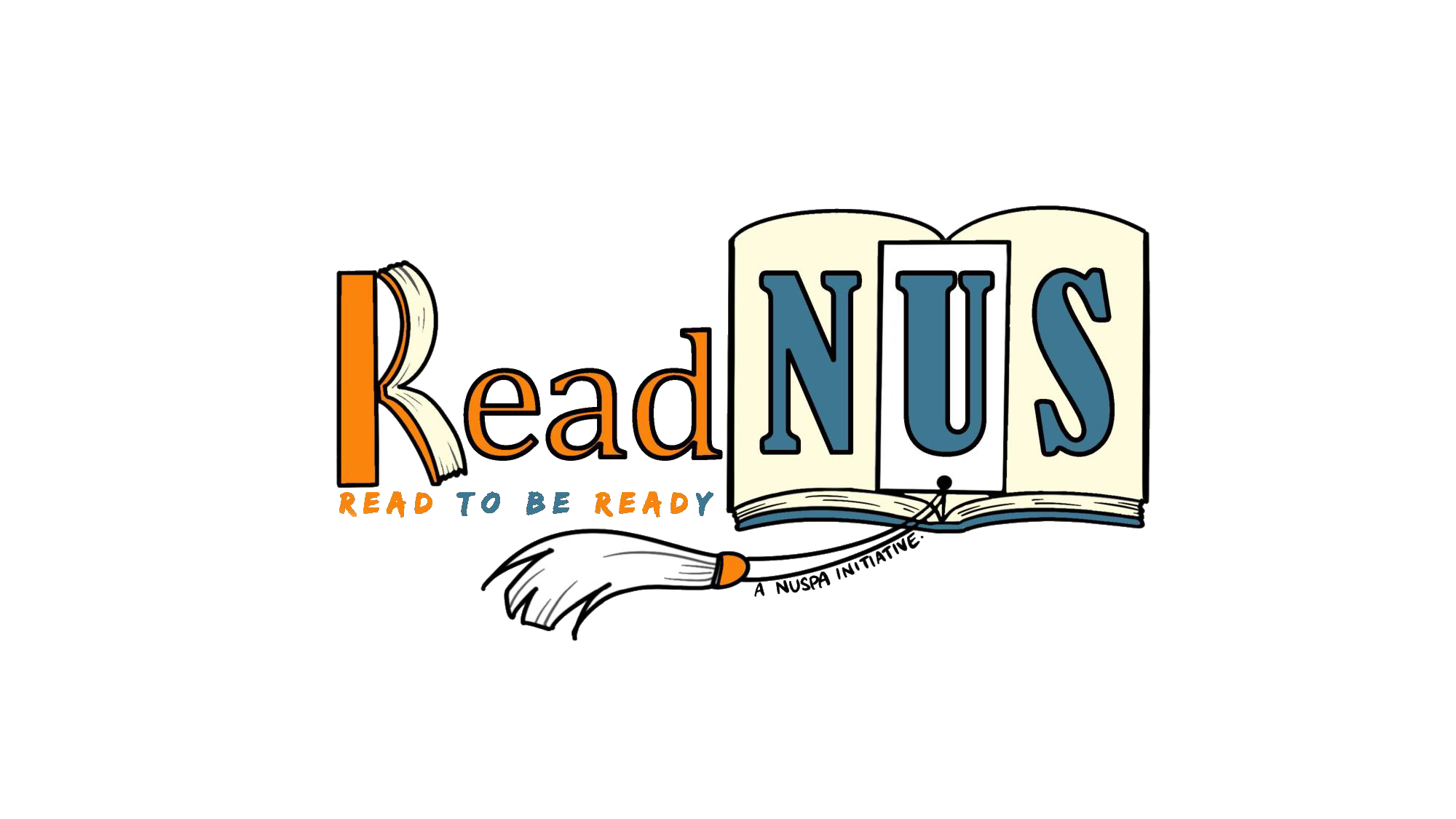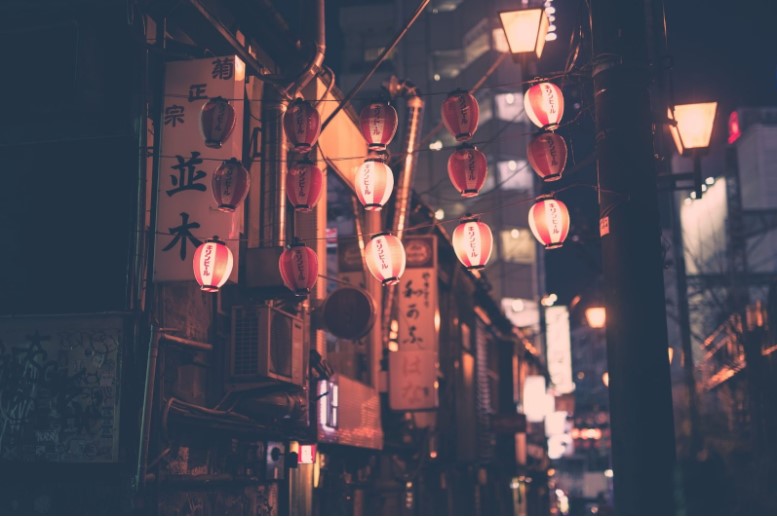No Longer Human, A Japanese Literary Classic
The second best selling novel of all time in Japan after Natsume Soseki’s Kokoro, No longer human is a poignant, heart-wrenching tale of alienation, sorrow and the human condition. As we read the novel, we track the progress of a tragic yet beautiful figure, Yozo Oba, as he offers melancholic yet comic facets of his perceived inadequacy as a human being. Reflecting on Yozo’s contrary figure that slowly emerges from the shadows of the novel, the reader is forced to ask the question: What makes humans, human? As No Longer Human is widely considered to be a fictionalised depiction of the author’s life, a brief background of Dazai Osamu would be helpful in understanding the novel and subsequent analysis.
Trigger Warning: mentions / depictions of suicide and suicidal thoughts, reader’s descretion is advised
This review also contains spoilers
Introducing Dazai Osamu:
Dazai Osamu was the pen name of Terushima Yuuji, a widely respected Japanese literary figure. In Japan, No Longer Human is considered his most famous novel, which cemented him as one of the greatest Japanese literary figures in contemporary consciousness in Japan. However, he is relatively unknown outside of Japan, and the novel that garnered most international recognition amongst his works was “The Setting Sun.” Dazai lived from 1909 to 1948, a tragically short life interspersed with instances of attempted suicide. No Longer Human was his last complete novel before he successfully committed suicide with his lover. Thus, some consider it to be Dazai’s final reflections on his own life. Born as the sixth son of a wealthy family, Dazai often turned to his own life for inspiration for his work. His writing was often lauded for its dark yet humorous undertones, reflecting the confusion that youths experienced during post-war Japan.
Yozo Oba: I am not fit to be human
The novel begins with an examination of three pictures — snapshots of Yozo as a child, adolescent and adult respectively. Although each picture seems innocuous, further examination of each shot reveals what the narrator perceives to be horrifying flaws betraying the inhuman nature of the person captured. The child who at first glance is “an adorable little boy” becomes a “wizened, hideous little boy” with a “monkey face.” The adolescent, who is “extraordinarily handsome,” has an “adroit little smile” — yet “it is not the smile of a human being: it utterly lacks substance”. The last picture is “most monstrous of all” because it has “no expression whatsoever.” The face of the adult is unable to leave a lasting impression on the viewer because of its terrifying lack of expression. At the last stage of his life, Yozo is portrayed as a truly unhuman being, as he lacks the ability to express human emotions. I believe that the harsh judgement laid upon these photos stemmed from the narrator’s self-denigration, and not from any inherent property of the character. Yozo is convinced that he is not a good human being, because he does not understand how humans oscillate between their genuine selves and the facades they present to the world so easily. He states “ I am convinced that human life is filled with many pure, happy, serene examples of insincerity … people who seem unaware even that they are deceiving one another, ” (37) but he does not comprehend this mode of perfect insincerity, that we humans have adopted in order to present socially acceptable versions of ourselves to the world, “I find it difficult to understand the kind of human being who lives, or who is sure he can live, purely, happily, serenely while engaged in deceit. Human beings never did teach me this abstruse secret. If I had only known that one thing I should never have had to dread human beings so.” As a reader, one can either accept the premise given to us, that Yozo Oba is inherently corrupt, unfit to be human, or we can instead take the position that this self-awareness is precisely what renders him human. I take the latter position, and this review will posit that in creating such punishing self portraits in the novel, Yozo Oba endears himself to the reader, and cements the perception that he is nothing but a tragically flawed human just like anyone else.
The novel is split into four main sections, Notebook One, Two, Three: Part one and Three: Part two. The first notebook begins with this quote “Mine has been a life of much shame. I can’t even guess myself what it must be to live the life of a human being.” The Japanese title of the novel is 人間失格, Ningen Shikkaku, and its literal translation is “disqualified from being human”. Yozo’s perception of himself is not that he is not human, but that his existence is so depraved that it can no longer be akin to that of a “normal” human being. Flipping through the pages, we discover a child’s journey to adolescence, and subsequently adulthood, all the while being plagued with the fear that they are disingenuous. Yozo combats this disingenuity in three different ways, clownery, drunken stupors, and philandering.
Laughter, Liquor and philandering
Yozo is unable to comprehend utilitarian needs, he instead is constantly puzzled by the irrational nature of human needs and desires. As a child, he was fascinated by train station bridges, because he thought they had been provided as a sort of “foreign playground,” but the instant he realised they had been constructed for a practical purpose, he lost all interest in them. This childish, innocent fascination with finding whimsy in his life is precisely why he lacks understanding of banal human misfortunes “if my neighbours manage to survive without killing themselves, without going mad, maintaining an interest in political parties, not yielding to despair, resolutely pursuing the fight for existence, can their griefs really be genuine?” (25) His insistence on leading a “genuine” existence thus leads him to be in constant fear, since he cannot relate to the grievances of the people around him, he cannot truly be human in the same way that people around him are. He fears the people around him because he cannot relate to them, and is afraid of being caught as an imposter of a human being since he perceives himself to be completely unlike them. Hence, he constructs personas to charm those around him and trick them into liking him. Using empty charms and deliberately making a fool of himself in school, he seems to be able to trick his classmates and teachers into liking him, successfully integrating himself into the school community.
When he is sent to university as a young adult, his wealthy family provides lodging and a generous allowance to him. Instead of studying, he instead is drawn into poor company and spends his evenings on women and liquor. His empty charm begins to appeal to women, but he also becomes more acutely aware of how his mask renders these women malleable to his own whims and fears his own disingenuous nature. Yozo is at once reprehensible yet pitiable, he turns to vices in order to escape his fears, “I soon came to understand that drink, tobacco and prostitutes were all excellent means of dissipating (even for a few moments) my dread of human beings” (63). Yet as he engages in these vices, he is drawn deeper and deeper into his own despair. He is caught in a circuitous path of self-resentment. Here Dazai Osamu’s masterful rendering of Yozo Oba allows the reader to be moved by his pitiful nature, instead of being disgusted by his increasingly reprehensible actions. Yozo engages in sordid affairs with married women, gets cut off from his family for attempting a double suicide, and even is drawn into a morphine addiction. Nonetheless, Yozo’s grief and despair cuts sharply through these events, he wants only to understand others and feel a genuine human connection with the people he engages with but they are never able to truly comprehend him, because he is afraid of being rejected for his inability to relate to them.
Why should you read No Longer Human?
If the main character is so reprehensible, and the nature of his life is so depressing, why should readers pick up this book? I believe that it is precisely the gloom and ordinary tragedies depicted in No longer human that make it worth reading. Scattered amongst these depressing events are brief instances of genuine human connection, laughter, and tenderness. For all his self-loathing, Yozo is heart-breakingly human, consumed by a need for validation of self that all humans reach for. To come to terms with Yozo’s grief, in some ways, is to come to terms with the absurdity and arbitrary nature of human existence itself. Maybe the moral of the story for readers is that we must treasure those fleeting moments of true happiness, and be a little less preoccupied with the mundane trappings of modern existence that we as a society have deemed important. Let your skepticism detach you from your preoccupation with fulfilling others’ expectations, and take the time to truly live and experience the world around you.
By: Elizabeth Loke, Deputy Director of ReadNUS



